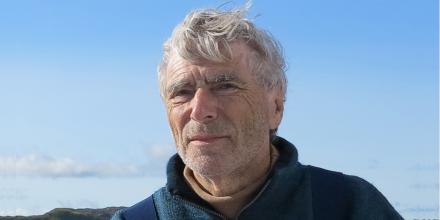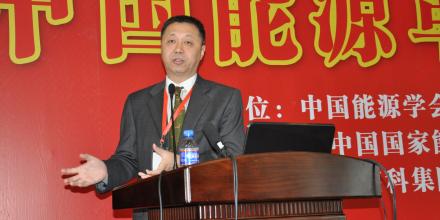Greetings from the Australian National University in Canberra, where Dr Andrew Glikson is speaking on "The atmosphere: past, present and future". Dr Glikson's field is the early history of the earth and the effects of comments and volcanoes on the atmosphere. The lead to his interest in current climate change and he has written extensively on the topic. He started his talk with the role of water in all life on earth, even that in the deepest ocean vents and then explained that oxygen was required for complex life. Dr Glikson pointed out that the earth's temperature had been maintained due to CO2 from volcanic eruptions.
Dr Glikson has not confined himself to academic papers, having made a submission to the Australian Senate "THE THREAT TO LIFE POSED BY ATMOSPHERIC CO2-e OVER 450 ppm” (2009):
Dr Glikson has not confined himself to academic papers, having made a submission to the Australian Senate "THE THREAT TO LIFE POSED BY ATMOSPHERIC CO2-e OVER 450 ppm” (2009):
"The scale and urgent nature of the of dangerous climate change leave law makers only two options:Regrettably, so far Australian law makers have chosen "Option A" Business as usual, which will result in adverse consequences for future generations.
Option A: Business a usual, leading to unacceptable consequences of current climate change, including extreme weather events (drought, fire, floods, cyclones) and sea level rise
Option B: Urgent deep reductions in Carbon gas emissions coupled with fast track development of CO2 draw-down technologies, possibly coupled with geo-engineered atmospheric albedo enhancement aimed at gaining time."




